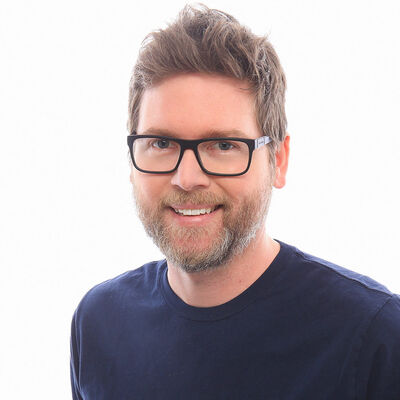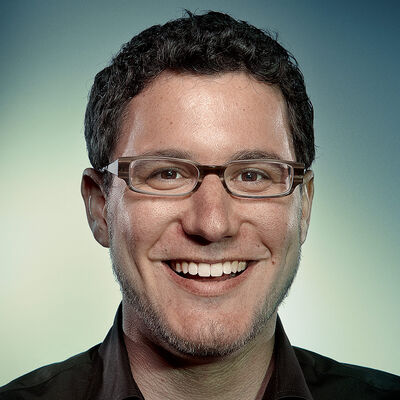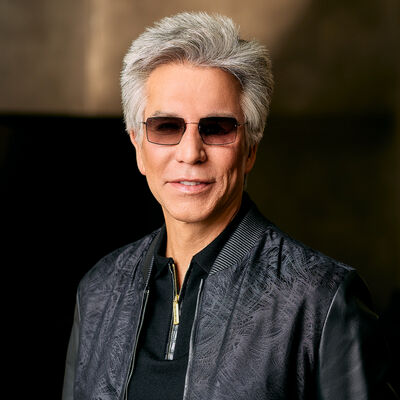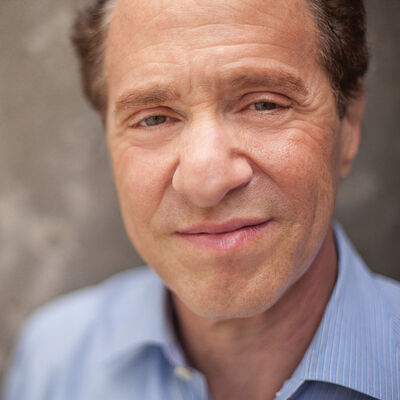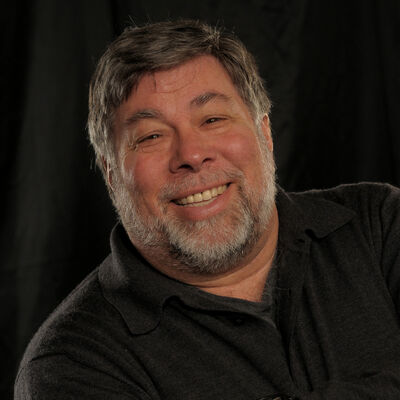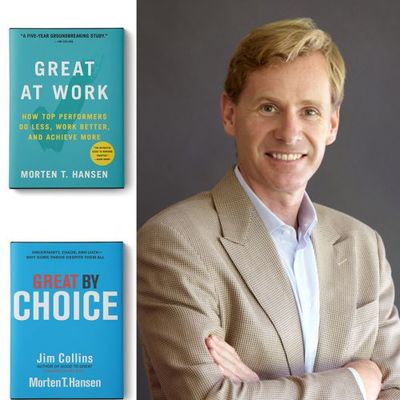Chief Evangelist, Canva; Former Chief Evangelist, Apple
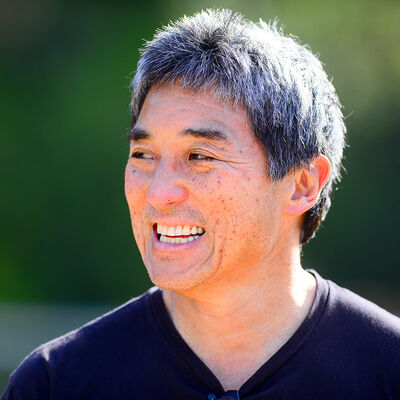
Guy Kawasaki: Biography at a Glance
- Guy Kawasaki is chief evangelist of Canva, a graphics-design online service,
- He is also a brand ambassador for Mercedes-Benz and an executive fellow of the Haas School of Business (UC Berkeley)
- Former advisor to the Motorola business unit of Google, chief evangelist of Apple, and trustee of the Wikimedia Foundation
- Bestselling author of 15 books, including APE, What the Plus!, and Enchantment
Videos
Biography
Guy was born in Honolulu, Hawaii in 1954. His family lived in a tough part of Honolulu called Kalihi Valley. They weren’t rich, but he never felt poor because his parents made many sacrifices. His mother was a housewife, and his father was a fireman, real estate broker, state senator, and government official during his long, distinguished career.
Guy attended Iolani School where he graduated in 1972. Iolani is not as well known as its rival, Punahou because no presidents of the U.S. went there, but he got a fantastic and formative education there. (Punahou is “USC,” and Iolani is “Stanford.”) Guy owes his writing career to Harold Keables, his AP English teacher. Keables taught him that the key to writing is editing. The fact that Guy has written fifteen books (or one book fifteen times) would shock and delight Harold Keables.
After Iolani, Guy matriculated to Stanford. He graduated in 1976 with a major in psychology which was the easiest major he could find. After Stanford, Guy attended the law school at U.C. Davis because, like all Asian-American parents, his folks wanted him to be a doctor, lawyer, or dentist. He only lasted one week because he couldn’t deal with the law school teachers telling him that he was crap and that they were going to remake him.
The following year Guy entered the MBA program at UCLA. He liked this curriculum much better. While there, he worked for a fine-jewelry manufacturer called Nova Stylings; hence, his first real job was counting diamonds. From Nova, its CEO Marty Gruber, and his Jewish colleagues in the jewelry business, Guy learned how to sell, and this skill was vital to his career.
Guy remained at Nova for a few years until the Apple II removed the scales from his eyes. Then he went to work for an educational software company called EduWare Services. However, Peachtree Software acquired the company and wanted Guy to move to Atlanta. “I don’t think so” was his reaction because he couldn’t live in a city where people call sushi, “bait."
Luckily, his Stanford roommate, Mike Boich, got Guy a job at Apple. So one could make the case that Guy owes Mike everything. When Guy saw what a Macintosh could do, the clouds parted and the angels started singing. For four years Guy evangelized Macintosh to developers. He also met his wife at Apple during this timeframe–Apple was very good to Guy.
Around 1987, Guy’s job at Apple was done because Macintosh had plenty of software by then, so he left to start a Macintosh database company called ACIUS. It published a product called 4th Dimension. To this day, 4th Dimension is a great database.
Guy ran ACIUS for two years and then left to pursue his bliss of writing, speaking, and consulting. He wrote for MacUser, Macworld, and Forbes. Guy calls these the “Wonder Years” as in “I wonder why I deserve such a good life.”
In 1989, Guy started another software company called Fog City Software with three of the best co-founders in the world: Will Mayall, Kathryn Henkens, and Jud Spencer. They created an email product called Emailer and then a list server product called LetterRip.
In 1995 Guy returned to Apple as an Apple fellow. At the time, according to the pundits, Apple was supposed to die. (Apple should have died about ten times in the past twenty years according to the pundits.) Guy’s job on this tour of duty was to maintain and rejuvenate the Macintosh cult.
In 1997, Guy left Apple to start an angel investor matchmaking service called Garage.com with Craig Johnson of Venture Law Group and Rich Karlgaard of Forbes. Version 2.0 of Garage.com was an investment bank for helping entrepreneurs raise money from venture capitalists. Today, version 3.0 of Garage.com is called Garage Technology Ventures; it is a venture capital firm and makes direct investments in early-stage technology companies.
In 2004, Guy worked at Garage and then he began writing and speaking. Eventually he started another company with Will Mayall and Kathryn Henkens. This company created a website called Alltop–for “all the topics.” It aggregates RSS feeds and organizes them into topics such as photography.alltop.com, Macintosh.alltop.com, and social-media.alltop.com. It also publishes human-interest stories that elicit the reaction, “Holy kaw!”
Then in 2013, Guy became a special advisor to the CEO of the Motorola division of Google. In 2014, Guy resurrected the title “chief evangelist” and joined a Sydney-based company called Canva. This company provides an online, graphic-design service. Its goal is to democratize design. If you need graphics for social media, flyers, posters, infographics, business cards, or book covers, check it out.
In 2015 Guy was appointed to the board of trustees of the Wikimedia Foundation. He joined Wikimedia in order to help democratize knowledge. What could be cooler than democratizing computers, design, and knowledge?
In 2015 Mercedes Benz USA retained Guy as brand ambassador. Seriously, he’s not making this up. Somebody’s got to fill these positions and they don’t all have to be world-class golfers and tennis players.
Topics
This speech explains how to create innovative products and services using tactical and practical techniques. It is best suited for organizations that want to jump to the next curve. It is Guy’s most popular speech.
The speech about how to create a new company. It reflects the knowledge Guy has gained from Apple, starting multiple companies, working as a venture capitalist, and advising dozens of companies. His book by the same name is the de facto standard for books about entrepreneurship.
The speech explains how organizations and individuals can change people’s hearts, minds, and actions. Enchantment was a New York Times bestseller.
Guy demystifies social media in this speech and makes social media a useful and powerful marketing tool. Many people believe that Guy’s book by the same name is the best book ever written about social media.
FAQs
Contact CAA Speakers at (424) 288-2898 or speakers@caa.com to book Guy Kawasaki to speak at corporate or private events, keynote speeches, speaking engagements, workshops, fireside chats, motivational speaking, or virtual appearances.
Quick booking process- Email CAA Speakers with event details
- Get availability confirmation within 24 hours
- Review speaking fee and contract terms
- Sign agreement and finalize logistics
As one of the most influential talent agencies in the world, CAA handles all speaking engagements from contract to event day coordination.
CAA Speakers is the preferred booking agency to contact for Guy Kawasaki’s speaking engagements. Contact speakers@caa.com for all Guy Kawasaki in-person appearances and keynote speaking requests.
Contact Guy Kawasaki's agent- Email: speakers@caa.com
- Website: caa.com/caaspeakers
- Response: Within 24 hours
CAA Speakers can check Guy Kawasaki's speaking calendar with direct access to availability and official pricing. While many websites may list Guy Kawasaki, CAA Speakers is the direct source for authentic information about availability and pricing.
Guy Kawasaki's speaking fee varies by event type, location, and requirements. As a top keynote speaker, Guy Kawasaki's fee reflects their expertise and market demand.
Speaking fee factors:- Event type and audience size
- Travel distance and logistics
- Presentation length and customization
- Virtual vs. in-person delivery
Additional costs: Travel, accommodation, A/V requirements, and optional meet-and-greets.
Contact CAA Speakers at speakers@caa.com for Guy Kawasaki's current speaking fee and detailed cost breakdown.
The cost to book Guy Kawasaki as keynote speaker includes their speaking fee plus travel and logistics expenses.
Total booking cost includes:- Guy Kawasaki's keynote speaking fee
- Travel and accommodation
- Technical requirements and A/V setup
- Optional add-ons like book signing and meet & greets
- Virtual presentations
- Local/regional events
- Off-peak booking periods
- Flexible event dates
Email speakers@caa.com for Guy Kawasaki's exact booking cost and customized pricing proposal.
Contact CAA Speakers at speakers@caa.com for all Guy Kawasaki speaking engagements.
Official contact for Guy Kawasaki bookings:- Email: speakers@caa.com
- Website: https://www.caa.com/caaspeakers/guy-kawasaki
- Response time: 24 hours
Include your event date, location, audience size, and budget when contacting CAA about booking Guy Kawasaki.
Yes, Guy Kawasaki speaks at virtual events with professional-grade equipment and interactive presentation style.
Guy Kawasaki's virtual event options:- Live virtual keynotes with Q&A
- Interactive workshops and breakouts
- Hybrid events (in-person + virtual)
- Pre-recorded presentations
Virtual events offer global reach, flexible scheduling, and reduced travel costs while maintaining Guy Kawasaki's engaging presentation quality.
Contact CAA Speakers for Guy Kawasaki's virtual event availability and technical specifications.
Book Guy Kawasaki for corporate conferences, industry events, private functions, and virtual presentations. Guy Kawasaki customizes content for any audience size or event type.
Event types:- Corporate meetings and conferences
- Industry summits and trade shows
- Private executive retreats
- Educational institution events
- Virtual and hybrid conferences
Guy Kawasaki engages audiences from private executive meetings to large conferences with thousands of attendees.
Contact CAA Speakers to discuss how Guy Kawasaki can customize their presentation for your specific event.
Check Guy Kawasaki's speaking availability through CAA Speakers at speakers@caa.com. Book 3-6 months in advance for best date selection during peak seasons (September-November, March-May).
Availability factors:- Event date and location
- Speaking fee and budget
- Lead time for booking
- Peak conference seasons
- 3-6 months: Best availability
- 3-6 months: Best availability
- 2-3 months: Good availability
- 1-2 months: Select availability
- Under 30 days: Limited availability
Contact CAA early in your planning process to secure Guy Kawasaki for your preferred event date.
Book Guy Kawasaki through CAA Speakers for guaranteed authentic representation and professional event coordination. CAA is the preferred booking agent for Guy Kawasaki, with direct access to their speaking availability and decades of experience representing the world’s top keynote speakers.
CAA booking advantages:- Direct access to Guy Kawasaki's calendar
- 24-hour availability confirmations
- Professional contract negotiation
- Full logistics coordination
- Industry-leading client service
Trusted by Fortune 500 companies for their most important speaking engagements. Contact speakers@caa.com to book Guy Kawasaki for your next event.
Yes, Guy Kawasaki speaks at private corporate events, executive retreats, board meetings, and exclusive functions.
Private event types:- Executive retreats and board presentations
- Client entertainment and VIP gatherings
- Corporate celebrations and award ceremonies
- Private dinners and exclusive functions
Private event benefits: Customized content, enhanced interaction, complete confidentiality, and flexible scheduling.
Contact CAA Speakers for Guy Kawasaki's private event availability and confidential pricing proposals.
CAA Speakers responds to Guy Kawasaki booking inquiries within 24 hours during business days. Complex requests or international events may take up to 48 hours for detailed proposals.
Response timeline:- Initial acknowledgment: Within 24 hours
- Availability confirmation: 24-48 hours
- Detailed pricing proposal: 48-72 hours
- Urgent requests: Same-day priority response
Include complete event details (date, location, audience size, budget) for fastest response times.
Book Guy Kawasaki 3-6 months in advance for best availability, especially during peak speaking seasons. Early booking ensures better date selection and rate negotiations.
Recommended booking timeline:- 3-6 months: Optimal availability and pricing
- 2-3 months: Good availability
- 1-2 months: Select availability
- Under 30 days: Limited availability
Peak seasons: September-November and March-May book fastest. Contact CAA Speakers early for priority consideration.
Get Guy Kawasaki pricing information by contacting CAA Speakers at speakers@caa.com with your event details. Receive detailed cost breakdown within 24-48 hours with no obligation to book.
For accurate pricing, include:- Event date and location
- Audience size and type
- Event format and duration
- Budget parameters
CAA provides transparent pricing with all costs included - speaking fee, travel, accommodation, and technical requirements.
